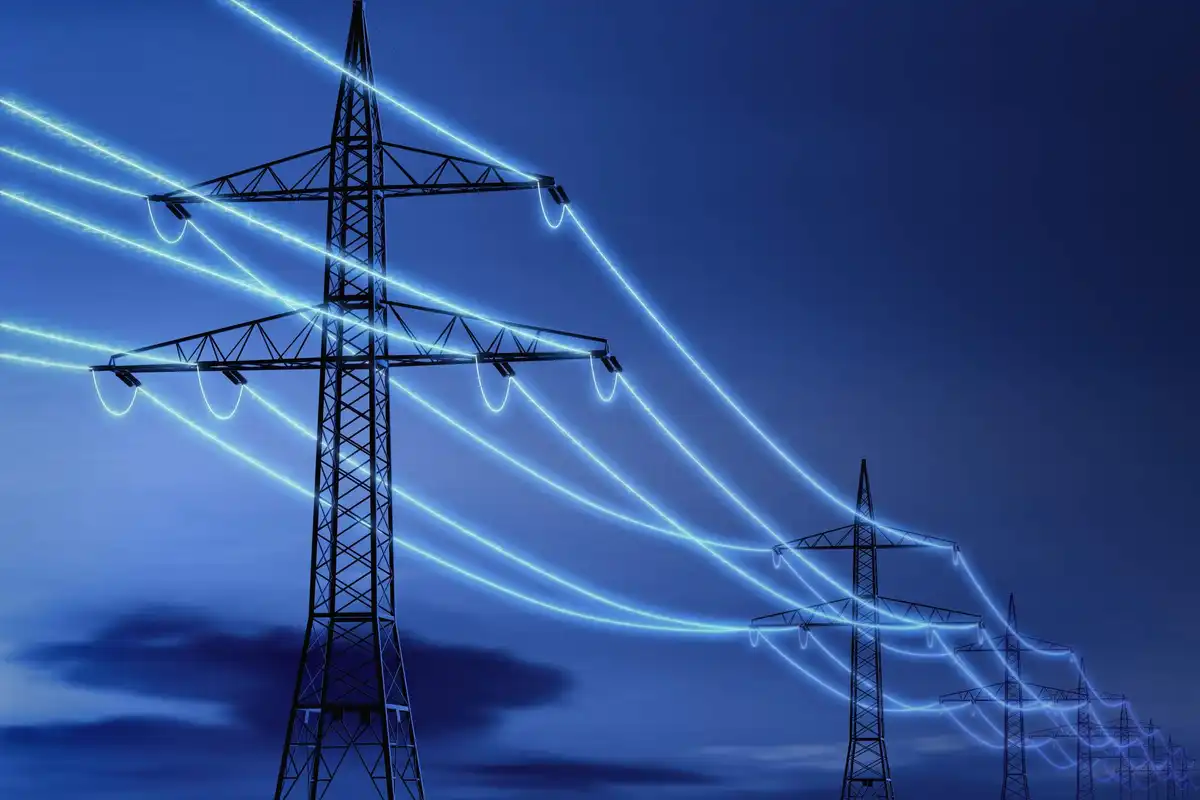Shell shrinks renewable portfolio yet again with latest divestment
sunsetting solar?
In a move aimed at focusing more on its oil and gas business, Houston-based Shell USA continues to scale back its wind and solar energy portfolio.
The Reuters news service reported February 29 that Shell’s Savion subsidiary, which the energy giant acquired in 2021, plans to sell about one-fourth of its solar generation and storage assets. These assets represent as much as 10.6 gigawatts of generation and storage capacity.
This development follows the completion in early February of deals for Kansas City, Missouri-based Savion to sell its 50 percent stake in a solar energy project in Ohio and for Houston-based Shell Wind Energy to sell its 60 percent stake in a wind farm in Texas.
The buyer of the Texas and Ohio assets was London-based investment manager InfraRed Capital Partners. Shell says it’ll manage both projects.
On its website, Savion says it has solar generation and storage projects underway totaling 38.1 gigawatts of capacity. Meanwhile, it has completed projects offering another 2.3 gigawatts of capacity.
During an investor presentation last June, Shell CEO Wael Sawan indicated that, for now, the company would put more of an emphasis on higher-profit oil and gas production and less of an emphasis on lower-profit renewable energy generation.
“It is critical that the world avoids dismantling the current energy system faster than we are able to build the clean energy system of the future. Oil and gas will continue to play a crucial role in the energy system for a long time to come, with demand reducing only gradually over time,” said Sawan, adding that “continued investment in oil and gas is critical to ensure a balanced energy transition.”
Sawan rose to the top post at Shell in January 2023, replacing Ben van Beurden. Sawan previously was Shell’s director of integrated gas, and renewables and energy solutions.
Reflecting Shell’s shifting priorities under Sawan’s leadership, the company’s spending in its renewables and energy solutions division fell 23 percent in 2023 compared with previous year, according to a Reuters analysis.








 Air Liquide and Hyundai agreed to expand hydrogen refuelling networks, storage capacity and more at a meeting in Seoul last week. Photo courtesy Air Liquide.
Air Liquide and Hyundai agreed to expand hydrogen refuelling networks, storage capacity and more at a meeting in Seoul last week. Photo courtesy Air Liquide.
